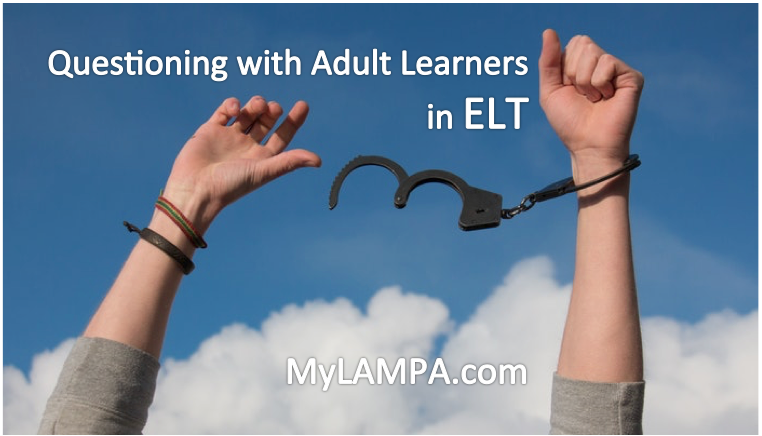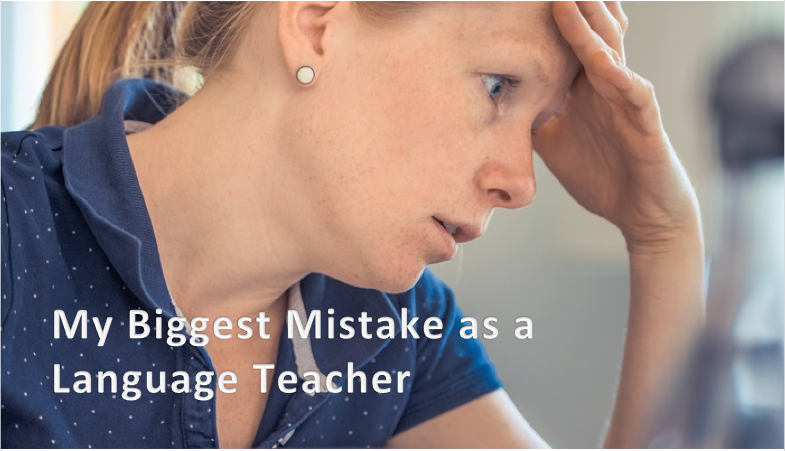Keeping it all together in ELT

For novice language teachers or seasoned veterans, one of the most challenging aspects of our job is making learning engaging for learners…lesson after lesson and year after year…
As we all know, there are several important factors that have a direct impact on the learners’ engagement in the lesson and the success of the learning. Firstly, there are the learners themselves – How motivated are they? What are their interests? What are their ages? What are their personalities? Why are they learning? Then there is the teacher’s personal approach. This incorporates factors such as natural charisma, judgement pertaining to appropriate material, knowledge of subject, energy level and experience. Finally there is what goes into the preparation and content of the lesson. This is the big variable; this is the area in which we can most easily influence learners’ engagement levels. “Easily”, that is, if we are using the right tool.
Clearly, learners attend lessons because they want or need to learn. Lessons, whether formally planned or not, are comprised learning activities that are specifically chosen or designed to help the learners learn. Learning activities provide the backbone of any lesson and, unless we are simply relying on our natural charms and the wealth of subject knowledge stored in our brains, these learning activities are the media with which we engage our learners.
Appropriate learning activities are not the same for every learner or teacher. As mentioned above, leaners and teachers have different personalities, needs, characteristics and preferences. This means that the activities chosen in a context should fit the learning styles of the learners and the teaching style of the teacher. To further complicate the issue, an inexperienced teacher may not have even discovered his/her own style yet, while an experienced teacher may have settled into an approach that relies upon a tried and true repertoire and an old bag of tricks – the young teacher is learning while the older teacher is forgetting.
As important as learning activity selection is, there is no shortage of creative activity ideas for language teaching. In addition to the reams of printed resource material, the Internet offers a plethora of activities for any age group. The problem is sifting through all this material and, assuming we find or invent something that meets our immediate needs, what next?
How can we store and retrieve our brilliant idea in case a similar need arises in the future? Do we stuff it into a corner of our minds thinking that we will remember it a year, or five years, from now? Do we write it down or copy it and stash it in a box or filing cabinet? Do we save it in the “Activities” folder on our hard drive? Or do we let it fall along the wayside hoping that we can find something similar down the road if the need presents itself again?
Speaking for myself, I have done all of the above but, as a teacher with 25 years of ELT behind me, and who knows how many more to come, I am ever more deeply persuaded that teachers, young and old, need a tool to help them keep things together.
LAMPA (Lesson & Activity Management, Planning & Access) is one such tool that is brand new and free for language teachers and schools. LAMPA allows teachers to store activities in a personal library and import them directly into a lesson plan. Teachers can write their own material and, if they wish, share it with a larger community of peers. This allows other teachers to conduct searches to find new or long forgotten activities when they need them. The result is that language teachers enjoy huge time savings, access to a community of peers and an organizational tool that will help them keep it all together.




